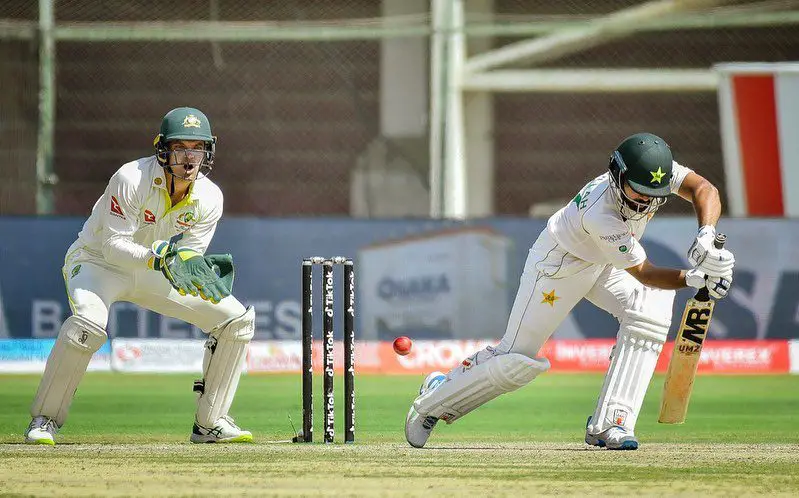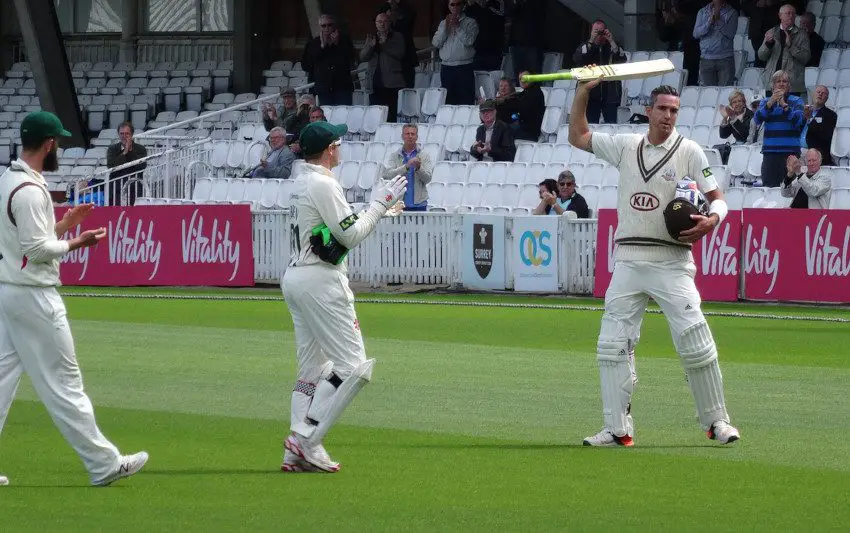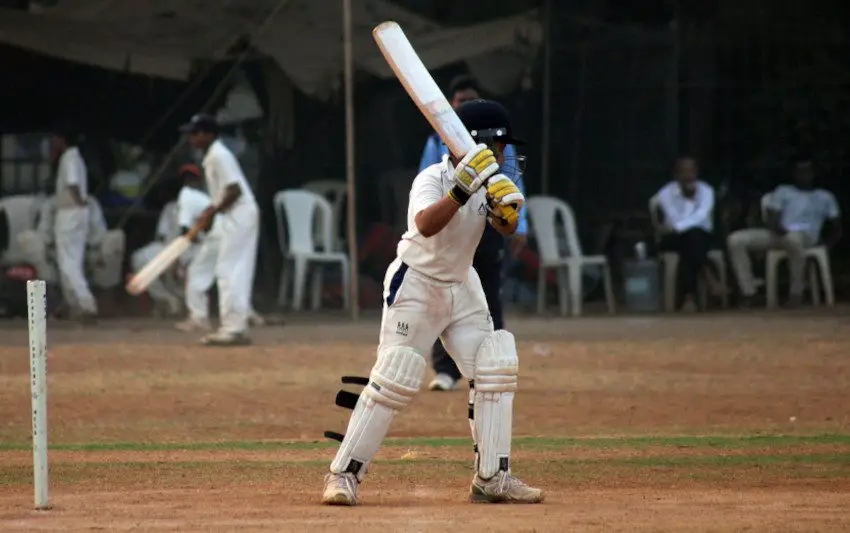Table of Contents
The wicket-keeper is often regarded as the most important member of a fielding side. They are there to take catches and stumpings, but they can also work out a batter’s technique, help their captain set fields, and offer advice on DRS calls.
Evolution of Wicket Keeping in Australia
It’s often said that wicket-keepers were a little more reckless in the early days of cricket. They would often stand right up to the stumps, even to the fastest of the bowlers. We can see an example of this given by Australians. Fred Spofforth, the Demon Bowler’s first wicket in test matches in 1877 was stumped by the keeper Jack Blackham. As a result of this common approach, more byes were conceded.
In time, keepers moved back and took more catches behind the wicket. They were now seen as a run-saving option and only stood up to the spinners.
Another big evolution saw wicket-keepers asked to provide more runs as batsmen. As well as playing an important role in the field, they had to contribute to the bat, and Adam Gilchrist is the best example of this.
Jack Blackham: The First Stumper
We touched on Jack Blackham earlier and it’s worth taking a closer look at him. He was Australia’s first ever wicket-keeper in test cricket and went on to enjoy a long international career which lasted for 17 years.
He was brave, standing up to the likes of Spofforth, and he was a craftsman too, at a time when wicket-keeping gloves offered little protection. Blackham claimed 37 catches and 24 stumpings in 35 tests. He was also a useful batsman and his partnership of 154 with Syd Gregory in 1894 remains an Australian record for the ninth wicket.
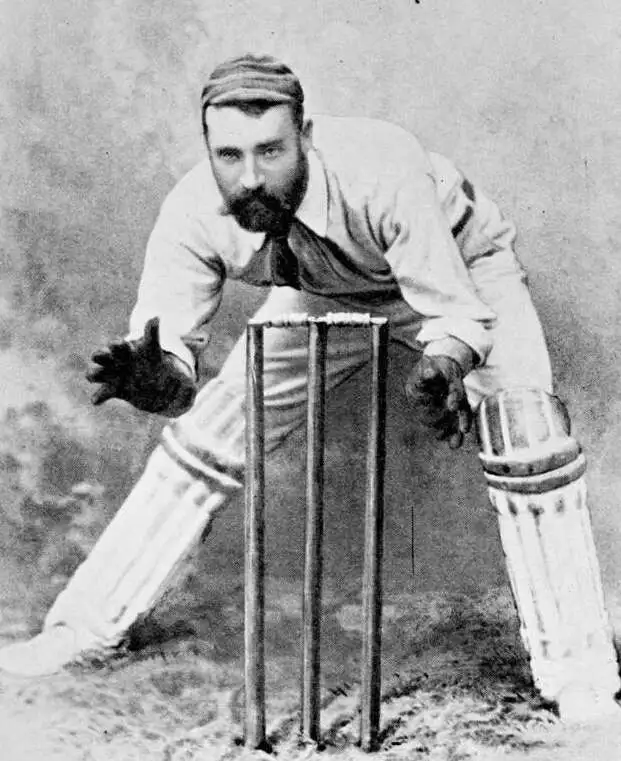
Don Tallon: The Pioneer
He didn’t win a test cap until the age of 30, and many acknowledge that it was overdue. Don Tallon was described as having ‘lightning reflexes’ behind the stumps, and he was something of a pioneer for modern day wicket-keeping.
Weaker batting displays restricted his appearances, but Tallon is widely regarded as the best Aussie keeper of his day. He finished with 58 dismissals from 21 tests.
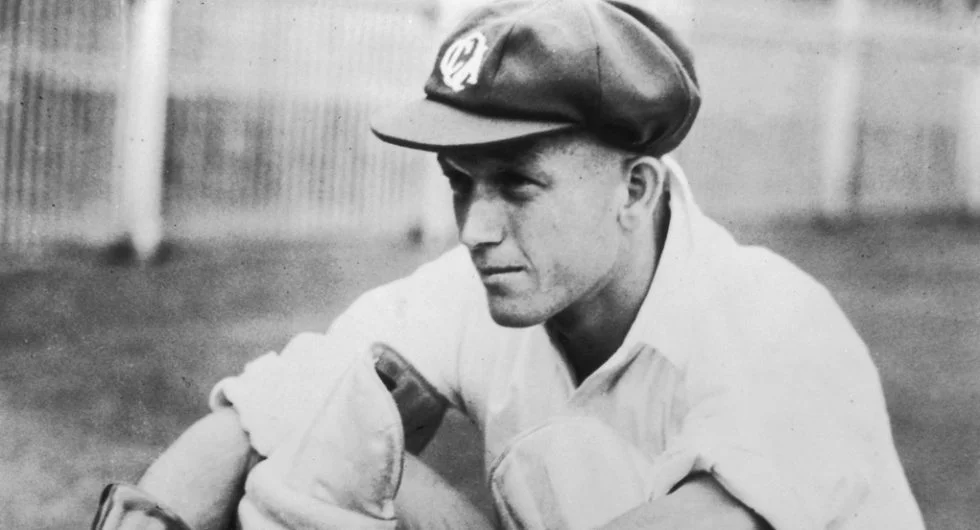
Bert Oldfield: A Bodyline Survivor
When cricket enthusiasts think of Bert Oldfield, they will likely recall the time he was carried unconscious from the field after being hit during the infamous Bodyline series. That’s an unfair legacy as he was a superb wicket-keeper and a record breaker.
Oldfield’s total of 52 test stumpings remains a record after more than 80 years, and he also recorded 78 catches in his 54 games.
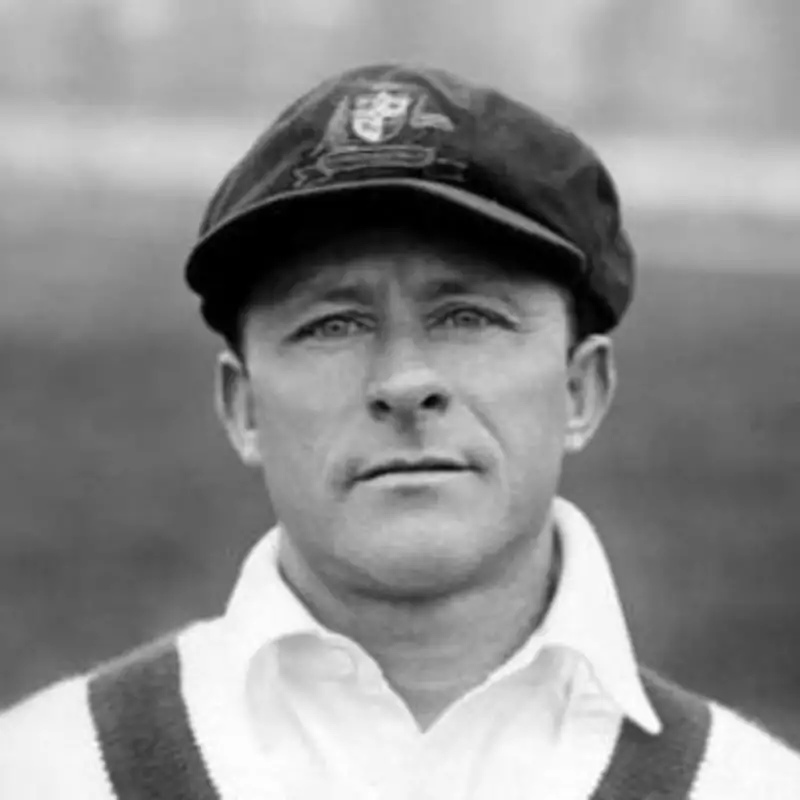
Gil Langley: A Safe Pair of Hands
In the 1950s, Australian cricket was in a transitional period. Don Bradman and his contemporaries had moved on, and the team wasn’t such a great force in test cricket. It may be that Gil Langley isn’t mentioned as a great Aussie wicket-keeper because of this, but he returned some solid statistics.
Playing during a difficult period, Langley made 26 test appearances between 1951 and 1956, claiming 98 dismissals. He was once described by Wisden as the ‘safest wicket keeper in the game’.

Wally Grout: Master Behind the Stumps
Australia’s Wally Grout made an instant impact in test cricket. On his debut against South Africa in 1957, he set a new record of six catches in an innings. He was acrobatic behind the stumps, taking some spectacular catches, but he was also competent at standing up to the spinners.
Grout set new standards for wicket-keepers, and he recorded 187 dismissals in just 51 tests.
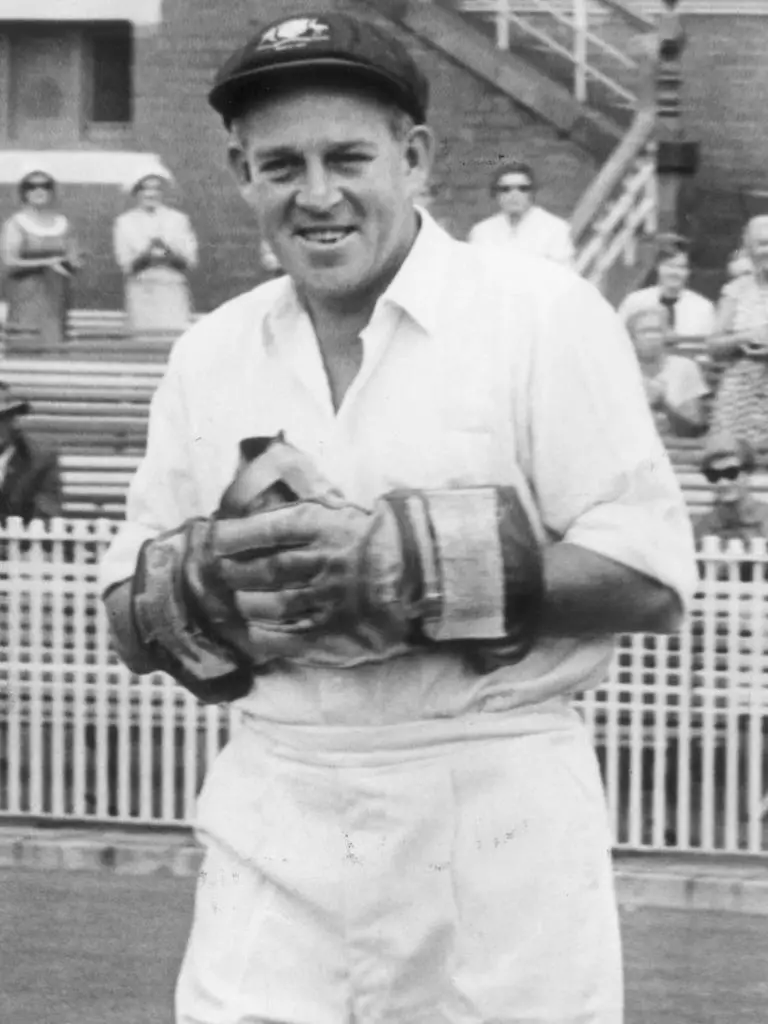
Rod Marsh: Record Setter
Rodney Marsh embodied Australian cricket in the 1970s. He was a fearsome competitor who was always in the ear of the batsmen when up to the stumps. Marsh also set a number of records during a lengthy career which lasted from 1970 to 1984.
His tally of 355 dismissals was a record at the time, and he also claimed 124 victims in ODIs. Marsh’s record of 28 catches in a series stood for 30 years.

Ian Healy: A New Era
After Rod Marsh, Australia didn’t really have an established wicket-keeper until Ian Healy came along. He quickly became a reliable presence behind the stumps, and would eventually go on to break Marsh’s international records.
Healy’s keeping was so good that he kept Adam Gilchrist out of the side despite his rival being a far superior batsman. Especially reliable to the sharp turn of Shane Warne, Healy set new records of 395 dismissals in tests, plus 233 in ODIs.
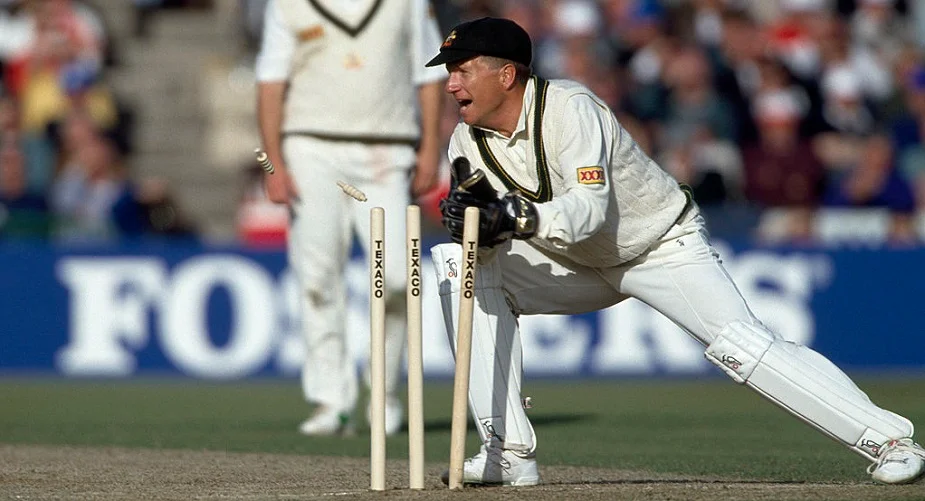
Adam Gilchrist: The Game Changer
Adam Gilchrist was such a powerful batter that we often forget just how good he was behind the stumps. Statistically, he is the best Australian keeper of all time with the most dismissals in tests of 416 in 96 games.
Gilchrist is also top of the charts for most victims in ODIs with 472 in 417 games. He was, literally, a safe pair of hands and was most adept at standing up to and reading the great Shane Warne. He may be remembered as a batter who kept, but that assessment would be wrong.
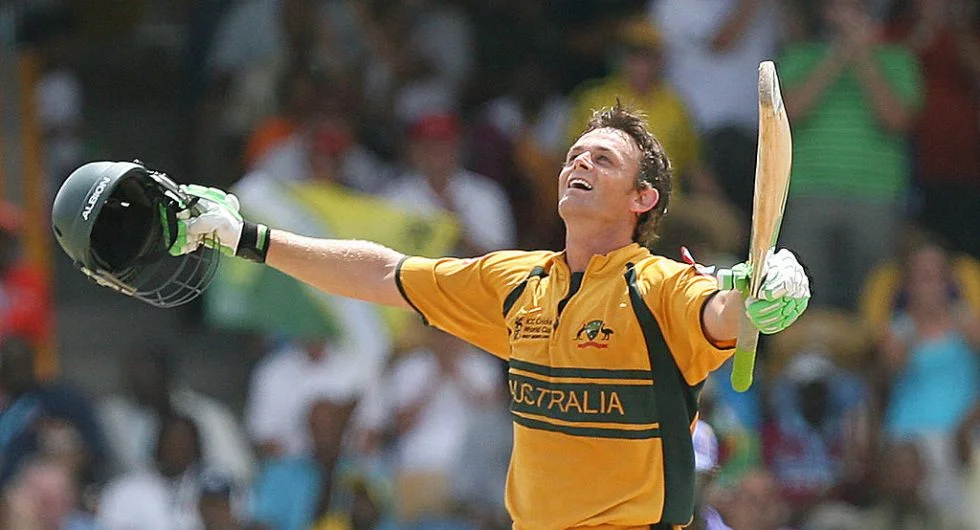
Brad Haddin: The Reliable
When Adam Gilchrist retired, he was a tough act to follow. Brad Haddin was the man chosen to replace him on a permanent basis and he did the best job possible. Haddin wasn’t such a destructive batter, but he certainly made useful runs and he compiled four test hundreds with a best of 169.
Haddin also broke Rod Marsh’s record for most catches in a series, setting a new mark of 29. In total, he claimed 474 dismissals across the three international formats.
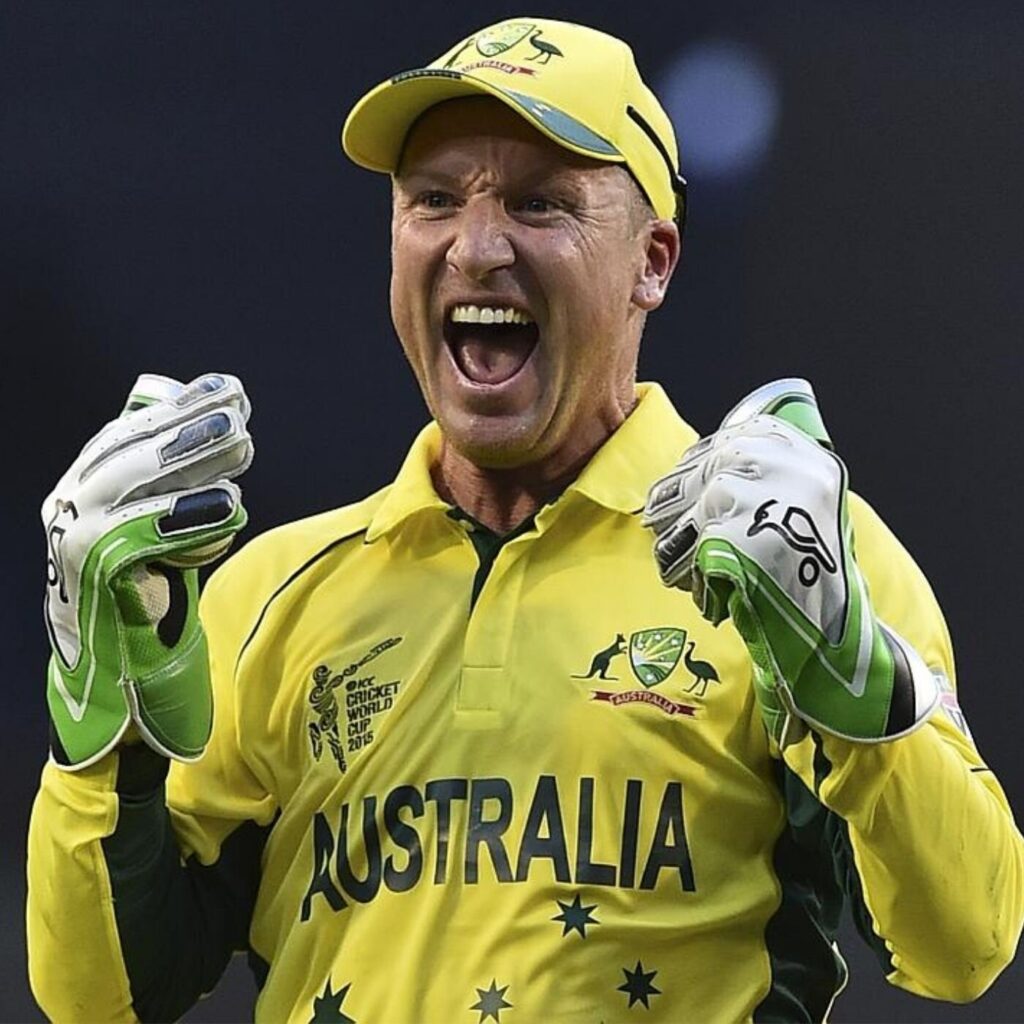
Tim Paine: The Resilient
He made his debut in 2010, but Tim Paine’s greatest contribution to Australian cricket came eight years later. In the aftermath of ‘Sandpapergate’, skipper Steve Smith was sacked and the ACB needed a stable influence as the next captain.
Paine stepped in and provided a calm head during a stormy period. His batting had restricted his appearances for Australia, but there was no doubting his keeping skills. He was also a resilient player, overcoming many finger injuries to stay in the game. Paine retired with 225 dismissals in three international formats.

Matthew Wade: The One Day Specialist
A useful run scorer, Matthew Wade has been included in Australian teams as a specialist batter. That suggests that his wicket-keeping may not be as strong, but that would be an unfair assessment. When Tim Paine came back to the side, Wade had to lose his job with the gloves in unfortunate circumstances.
Despite all of this, Wade remains one of Australia’s most successful wicket-keepers with 255 dismissals across the three current international formats.

Alex Carey: The Modern Marvel
When Tim Paine dropped out of the Australian side, the selectors put their faith in Alex Carey. A former Aussie Rules player, Carey had been on the fringes of the team for some time following impressive performances at state level.
He’s a multi-format player who also scores important runs with the bat. During the 2023 Ashes series, he passed 150 international dismissals.

Emerging Talents and Honourable Mentions
Australia has some good young wicket-keepers coming through, and they’ll already be looking for a successor to Alex Carey. Among the players to watch is Matthew Gilkes, who has returned some impressive displays with the gloves for Sydney Thunder in the BBL.
We should also watch out for Josh Philippe who has already been given a taste of international cricket. He’s been bracketed as a T20 specialist, but could yet make an impression in all formats.
Of those that also made the cut, we should give honourable mentions to the likes of Steve Rixon, Greg Dyer, Wayne Phillips and Tim Zoehrer. Each would have played more test cricket in different eras.
The Criteria for Selection
The criteria that we use here focuses purely on wicket-keeping ability. While we’re aware that some keepers are given preference because they can bat, it’s all about the figures behind the stumps.
The total number of dismissals is important, but we’ve also included ground breakers. People who have shaped the future of wicket-keeping over history.
Comparative Analysis of Wicket Keepers
If we compare the contributions of each of these players, we’d have to suggest that Adam Gilchrist was the best Australian wicket-keeper of all time. Statistically, he has returned the best numbers, but he also transformed the role.
Gilchrist proved that a keeper could be a true all-rounder, but he emphasised the importance of his work behind the stumps. Too many teams employ a weaker keeper just because they are a competent batter.
Of the remaining players, Ian Healy could be underrated. He was an excellent gloveman who set new standards. Before Healy, Rod Marsh will be described as one of Australia’s greatest ever competitors.
All of the players on this list deserve to be here, and they’ve made major contributions to Australian wicket keeping, and to the development of international cricket as a whole.

